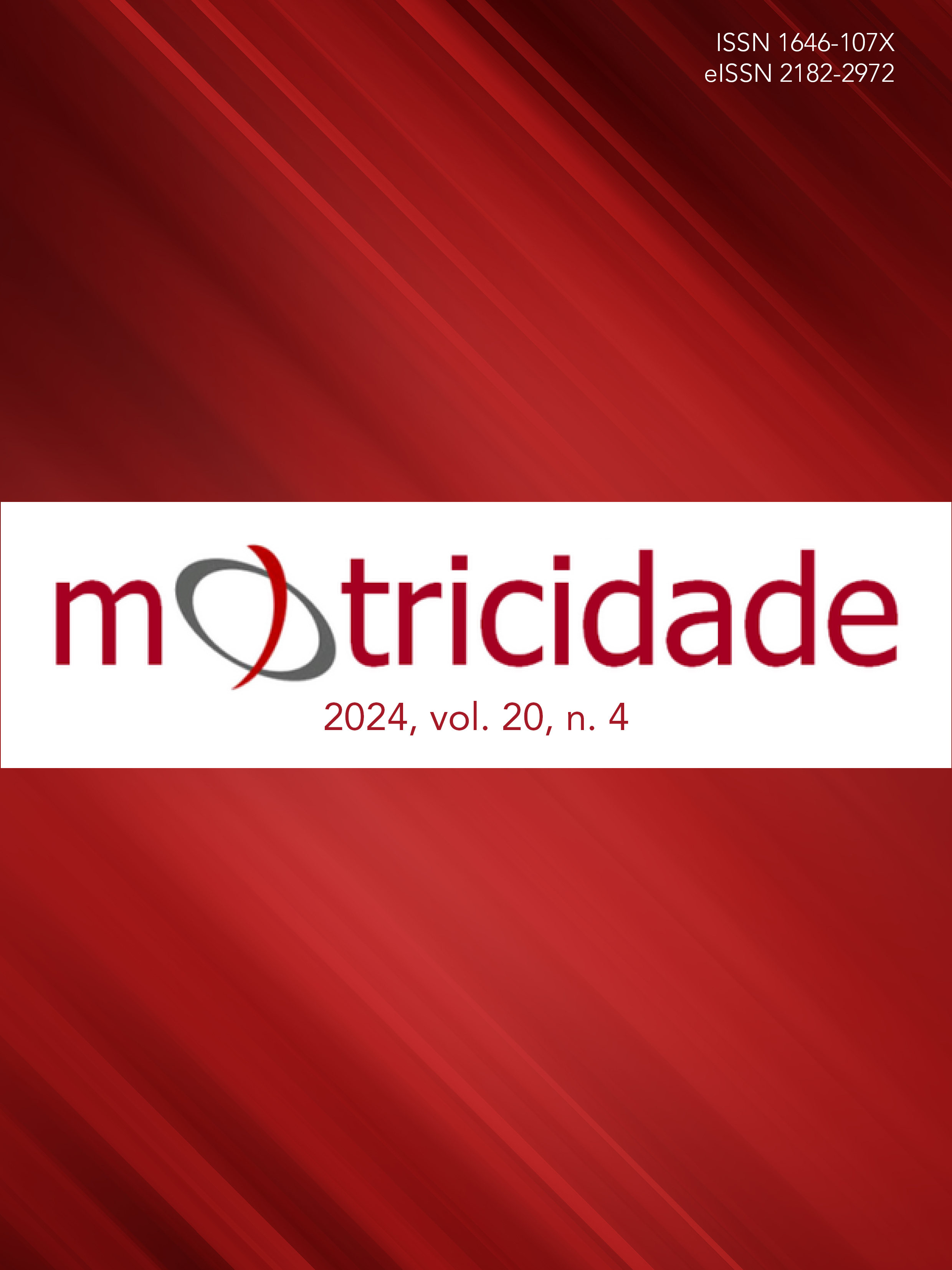Physical activity, exercise and fitness in Portugal: past, present and future
DOI:
https://doi.org/10.6063/motricidade.34836Keywords:
Portugal, physical activity, exercise, fitnessAbstract
This article sought, analytically and narratively, to analyze the trends in physical activity and exercise practice in Portugal over the past two decades. Additionally, the context of fitness in the national territory was examined, based on records released over the past years. Specifically, physical exercise was analyzed based on the fitness context, where interest was focused on the economic response to attrition rates and the weekly frequency of members. The current work is structured into several parts, namely: i) physical activity practiced in Portugal; ii) the panorama of physical exercise and fitness in Portugal; and iii) the economic analysis of the fitness sector in Portugal; iv) levels of physical exercise, and v) reasons for non-practice and abandonment of physical exercise. Finally, we will present a discussion highlighting practical implications. In conclusion, this study highlights the difficulty of the fitness sector in reversing inactivity trends. There is a need to review the methods used to assess physical activity and exercise. Additionally, it underscores the importance of understanding the reasons for dropout in fitness centers and implementing reforms to improve customer experience and reduce attrition rates.
Downloads
Published
Issue
Section
License
The authors of submitted manuscripts must transfer the full copyright to Journal Motricidade / Sílabas Didáticas Editions. Granting copyright permission allows the publication and dissemination of the article in printed or electronic formats, and copyrights start at the moment the manuscript is accepted for publication. It also allows Journal Motricidade to use and commercialise the article in terms of licensing, lending or selling its content to indexation/abstracts databases and other entities.
According to the terms of the Creative Commons licence, authors may reproduce a reasonable number of copies for personal or professional purposes, but without any economic gain. SHERPA/RoMEO allows authors to post a final digital copy (post-printing version) of the article on their websites or on their institutions' scientific repository.


